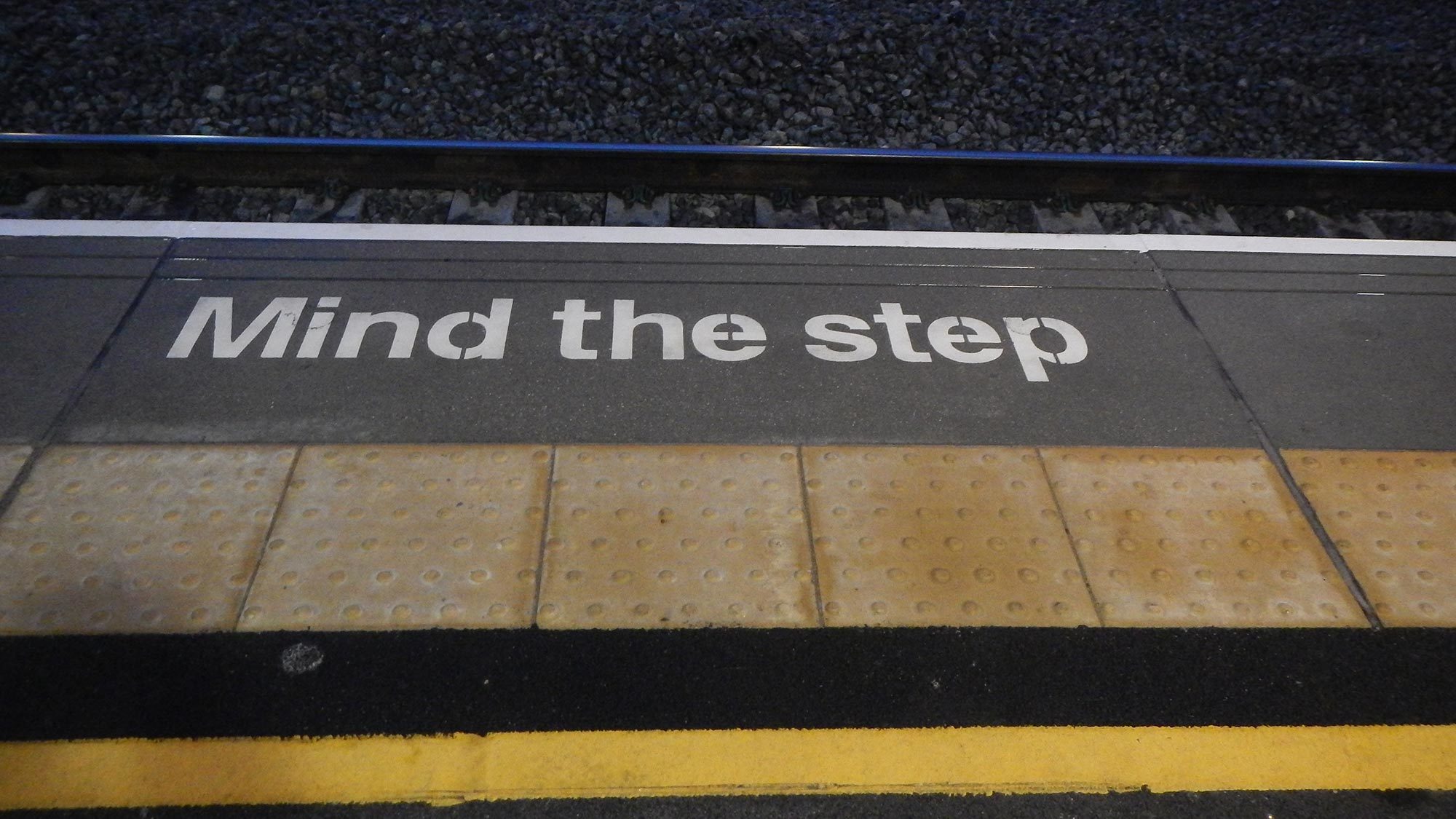Home » Freebies » Use Lenses to Improve Customers Journeys
This is an excerpt from Chapter 7: Improving the Journey, in The Experience Design Blueprint.
Lenses Provide Focus for Design
Whereas filters are reductive, removing information from the customer journey, lenses help us to sharpen our focus. Applying lenses can help us to build up touchpoints that may not exist in our original view of the customer journey. Like filters, lenses can be about anything. Lenses are applied across the customer journey, at and between touchpoints. We can zoom in and apply lenses to the objects, services, spaces, and people that help to form the experience at a touchpoint. Or, we can zoom out and look at the multitude of touchpoints across a more holistic customer journey.
Benefits of Applying Lenses to Customer Experiences
By applying lenses to customer journeys, organizations can provide more relevant experiences, reduce the cost to serve, differentiate from competitors, and discover opportunities to innovate products and services.
Be Intentional in Your Use and Creation of Lenses
What follows is a list of lenses from Chapter 7: Improving the Journey. This is not an exhaustive list; perhaps your team could add to it.
- Shifter
- Creator
- Futurist
- Delighter
- Reducer
- Reminder
- Exchanger
- Technologist
- Communicator
- Intriguer
- Brander
- Digitizer
- Humanizer
- Helper
- Monitor
- Giver
- Rewarder
- Sensor
- Comforter
- Reframer
- Demonstrator
- Smoother
- Completer
- Personalizer
- Connector
- Funster
- Energizer
Like filters, your organization can invent lenses suitable to your audiences and the experiences you’d like for them to have in dealing with your organization. Here is a deeper dive with examples for one lens in particular, the Reminder Lens.
Reminder Lens
The reminder lens is thoughtfully applied to the customer’s journey for their benefit at a more appropriate time. Consider Bill from Chapter 5, wandering through the airport, unsure which rental car company he made his reservation with. (This actually did happen to me and probably somebody named, Bill, too.) The reminder lens anticipates such situations. Applying the reminder lens to the rental car journey would send a text, voice, or email reminder to Bill as he arrives in his destination city near the time of his expected arrival. This little gesture would resurface the reservation information at the most appropriate time. Imagine the peace of mind this would bring an otherwise frantic and disorganized traveler.
Another example is the Hyundai Assurance Connected Care program that provides customers with a monthly vehicle health report and sends them maintenance alerts via text or email. Each alert reminds customers of upcoming service needs along with what is included at each service interval.
In Your Own Organization
In applying the reminder lens, questions to ask include:
- What information might be beneficial to customers if we help them to recall it in the future?
- What will be the customer’s context at that future touchpoint?
- What devices and information formats will be relevant?
- Have we asked for, received, and stored their preferences?
Recipe #26: Establish Lenses
Discuss with your team what characteristics you’d like your customers to make positive remarks on when dealing with your organization. Then establish lenses to match. For example, if you want customers to think of your organization as human centric then include the humanizer lens in your design and development activities.
Recipe #27: Adopt a Lens
As you document existing customer and other stakeholder journeys or design new ones, assign lenses to particular people that can serve as caretakers. Certain people and personalities might be especially suited to particular lenses. Whether you use a phased gate approach or more agile or concurrent product development discipline, be sure to include lenses that are relevant to your organization, industry, and audiences.
Improving the Journey
Applying lenses are but one way to improve customer journeys. Remember, lenses can be about anything you wish. When you change your views you can change your conversation inside your organization. And, then your team can get busy intentionally designing and delivering customer experiences worth remarking on.
Discuss Projects
Ready to discuss your needs?


